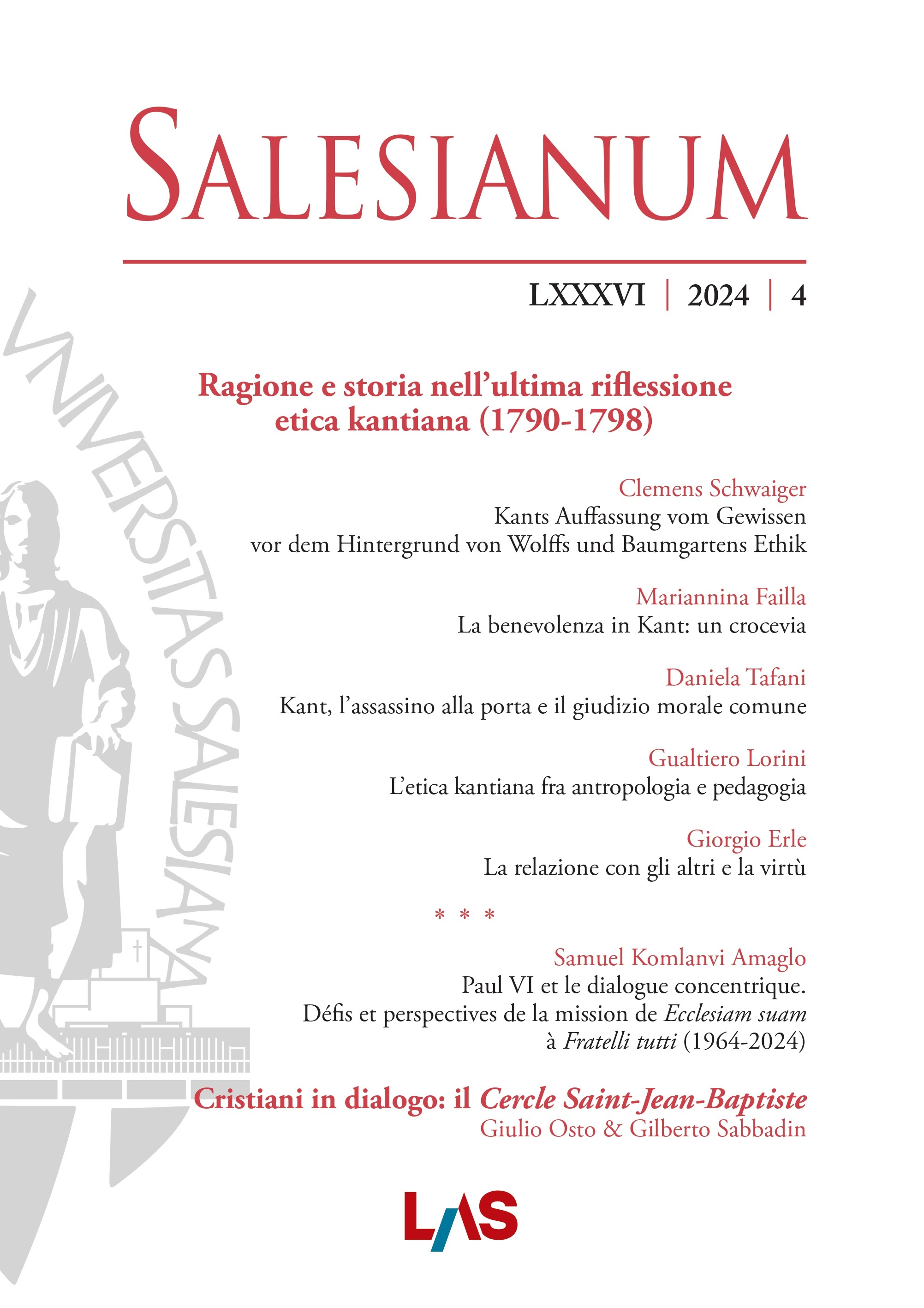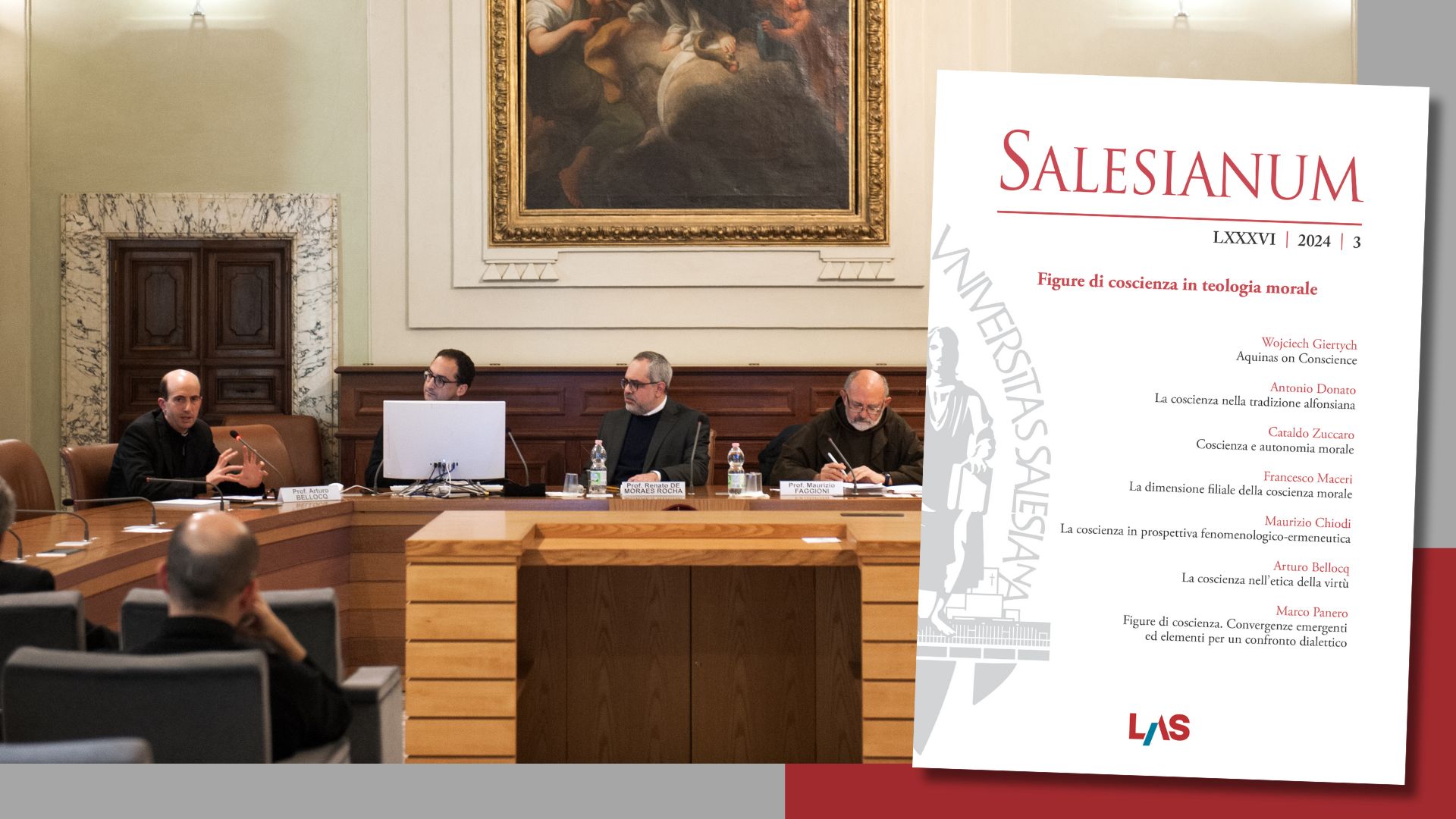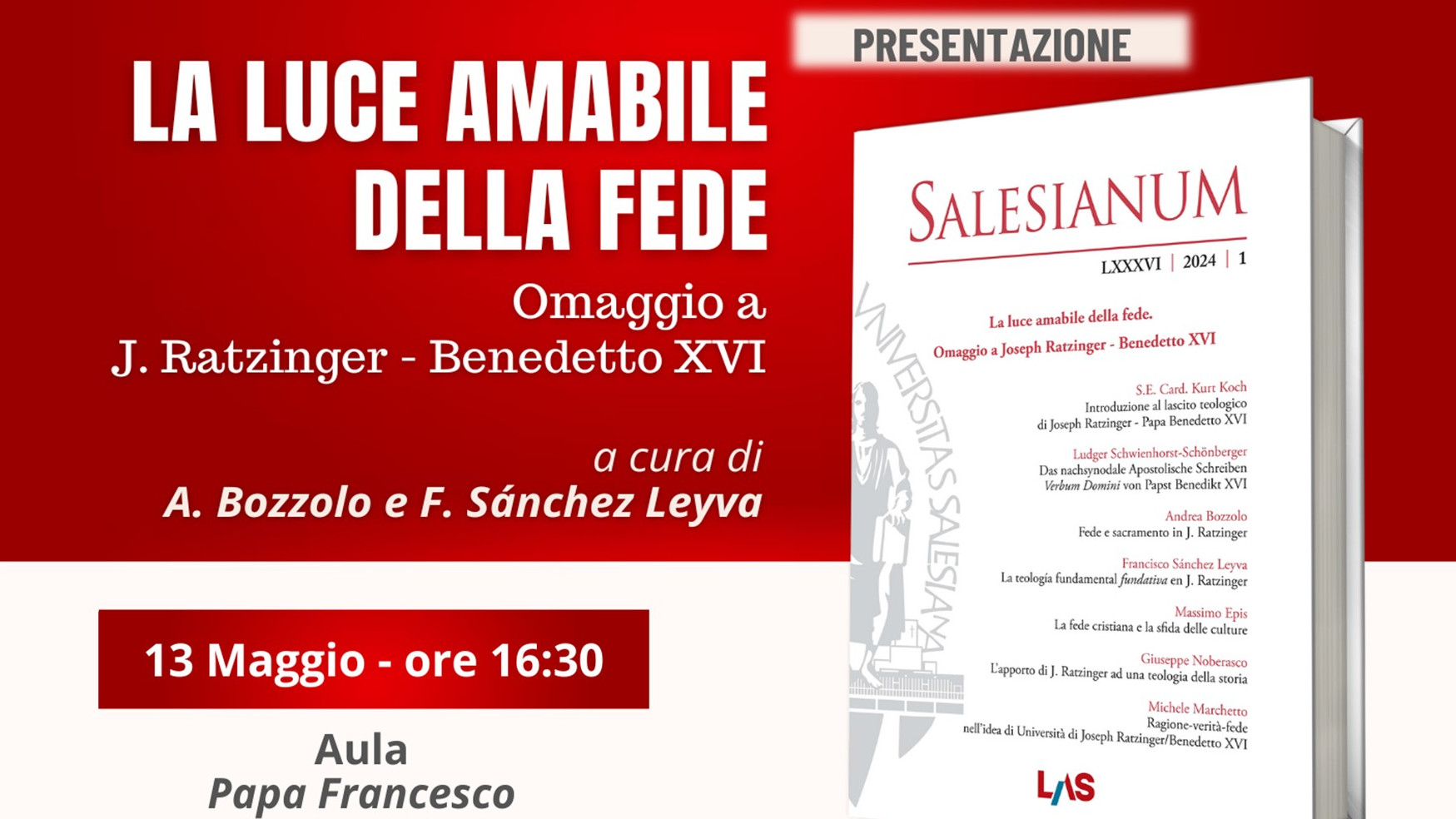San Francesco di Sales e la spiritualità dei "Tabernacoli viventi" in Vera Grita
Salesianum vol. 82 (2020) n. 1, 103-128
Sezione: Studia
Sommario
Dal 1967 al 1969, in piena crisi postconciliare, la cooperatrice salesiana Vera Grita ha ricevuto numerosi messaggi da una “Voce”, da lei identificata come quella di Gesù Eucaristia. La sua missione era di diventare un “tabernacolo vivente” e di promuovere, con l’aiuto dei sacerdoti, prima di tutti i salesiani, l’Opera dei “Tabernacoli Viventi”. Gesù vuol uscire dai tabernacoli di pietra delle chiese per andare in tutti i luoghi della terra. Un tabernacolo vivente è un cristiano che porta Gesù «con sé, in sé, e su di sé» per visitare così tutta l’umanità. L’esperienza vissuta da Vera Grita fa seguito a quella di s. Margherita Alacoque e di altre anime della corrente spirituale salesiana. Perciò un confronto tra s. Francesco di Sales e questa particolare spiritualità ci è parso possibile e giustificato.
Abstract
From 1967 to 1969, during the postconciliary crisis, the salesian cooperator Vera Grita received many messages from a “Voice”, that she identified as the voice of the Eucharistic Jesus. Her mission was to be a “living tabernacle” and to promote, with the help of the priests, first of all salesian priests, the Work of the “Living Tabernacles”. Jesus wants to go out from the stone tabernacles of the churches in order to be able to visit every part of the world. A living tabernacle is a christian who has Jesus “with him, in him, and on him” in order to bring Him to all. The spiritual experience of Vera Grita is in line with that of st. Margaret Alacoque and others from the salesian tradition. Therefore it seemed possible and justified to try to do a confrontation between st. Francis de Sales and this particular spirituality.


